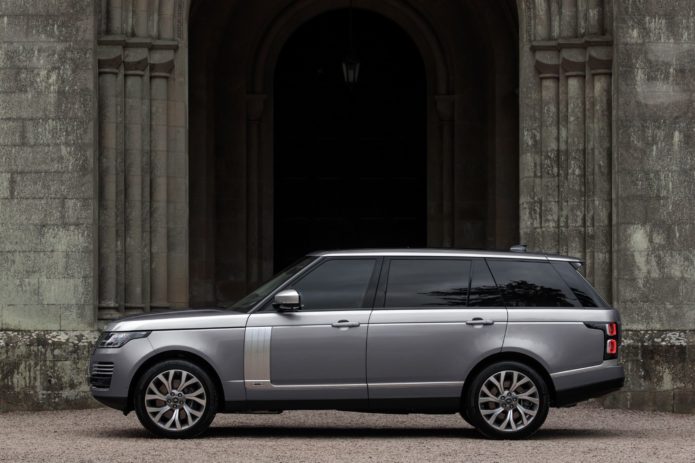Does cutting-edge technology complement the stately Range Rover Vogue?
When I think about luxury, many things come to mind. At the forefront of such a notion for me are experiences. True, luxurious things transcend the material world. They are experiences that are seldom offered. Getting half an hour to chew the fat with your idol. Taking a tour through somewhere that isn’t open to mere mortals.
…
Read full post here:
https://www.caradvice.com.au/835436/2020-range-rover-vogue-p400-review/


